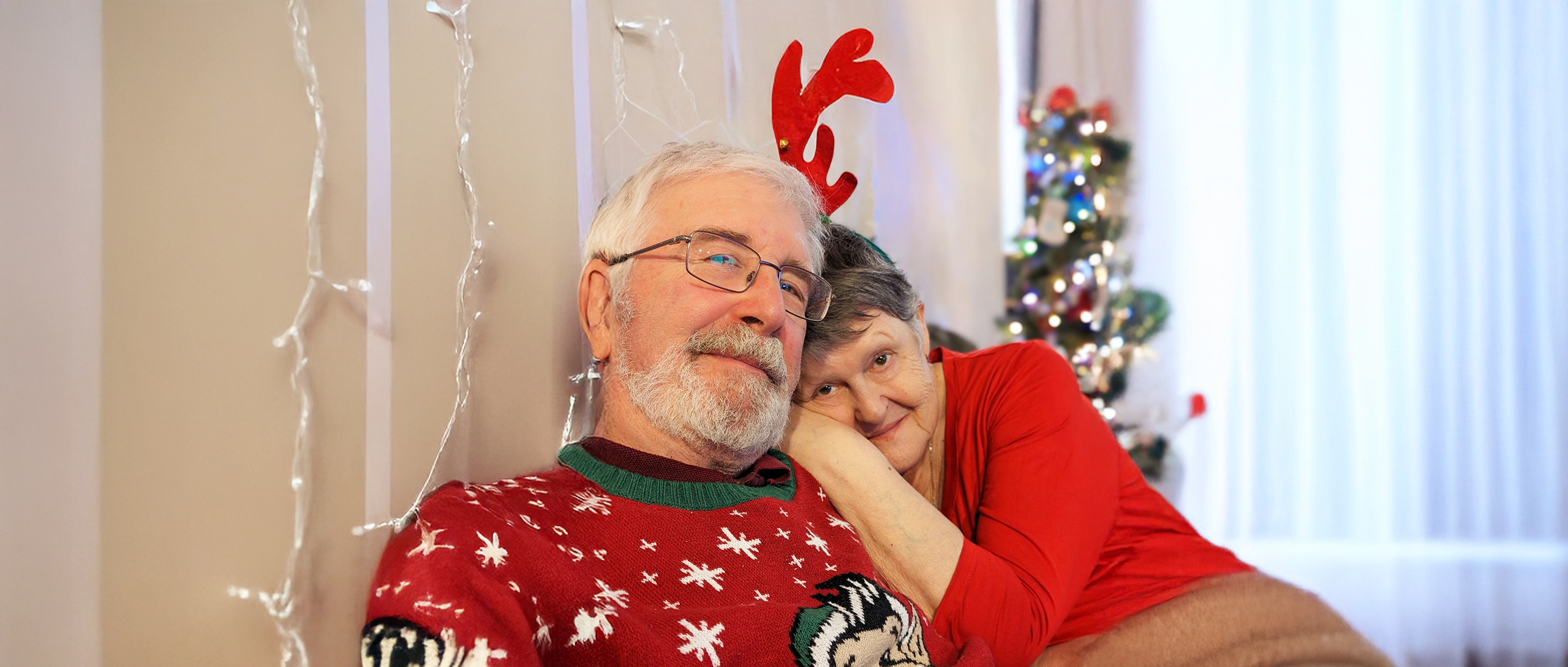At the end of February, John and Christine will mark five years since he was discharged from the hospital following his prostatectomy. It was a moment of relief and gratitude because John’s surgery took place just before COVID-19 lockdowns resulting in hospital shutdowns. The timing, they both agree, was nothing short of a blessing.
John’s journey with prostate cancer was deeply personal. His father and uncle had battled the disease, so at 40, he became proactive and started getting prostate specific androgen (PSA) tests. For years, his results hovered around 4, and aside from occasional nighttime trips to the bathroom, he felt fine. But when his doctor discovered a bump on his prostate, John was referred to the Prostate Cancer Centre (PCC). His PSA levels remained stable for two years, but when they started increasing, he underwent a biopsy. The first test found nothing. A second biopsy in 2019, after his PSA jumped to 7.5, revealed the presence of prostate cancer.
At first, John wanted to pursue the less invasive treatment option, brachytherapy. However, after consulting with Dr. Gotto, he learned he wasn’t a suitable candidate for this treatment. Ultimately, he chose a prostatectomy as the treatment. Before surgery, he also enrolled in the Proteus study at the PCC, becoming its first patient. His treatment began in August, with surgery scheduled for six months later in February.
Despite the diagnosis, John remained calm, even joking that he was “less scared than when I needed a vasectomy.” But what truly helped him feel at ease was a conversation with his former corporal from the military. When John shared his diagnosis, his corporal informed the entire platoon. To John’s surprise, out of 11 men, he was the only one who had yet to undergo a prostatectomy. The realization that prostate cancer was so common, and survivable, helped him face the journey ahead.
During one of his visits to the PCC, a volunteer named John Radermacher spoke with him and Christine, offering reassurance. That conversation made such an impact that John later became a PCC volunteer himself, wanting to support others the way he had been supported.
While managing his health, John was also selling his house. He decided to move in with his daughter, a decision that became a silver lining. For instance, when the pandemic hit, John and Christine weren’t isolated during his recovery—they had their daughter and grandchildren around them. The daily presence of family, the laughter of grandchildren, and the unwavering support of Christine made a world of difference.
Christine admits that she had her doubts. She worried about John’s health, fearing the worst, but she kept those fears to herself. Their daughter felt the same but also chose to stay silent, knowing it wouldn’t help John’s mindset. What did help, Christine believes, was John’s retirement, which allowed him to step away from work before his surgery. She suspects the lack of job stress played a key role in his recovery, though she jokes, “John might not have admitted that if I wasn’t here.”
John’s recovery wasn’t without its challenges. He lost a lot of weight, barely ate, and let his beard grow out. When his family saw him, they couldn’t help but notice he looked just like his father. It was a poignant moment, a reminder of his family’s history with the disease, but also of the life he still had ahead of him.
Now, five years later, John and Christine are grateful. Grateful for the timing of everything. Grateful for the support they had from their two daughters and son-in-law. And most of all, grateful for the life they continue to share together. They look forward to more days filled with family, laughter, and moments with their grandchildren. Their journey through prostate cancer wasn’t just John’s—it was theirs together. And together, they made it through.


